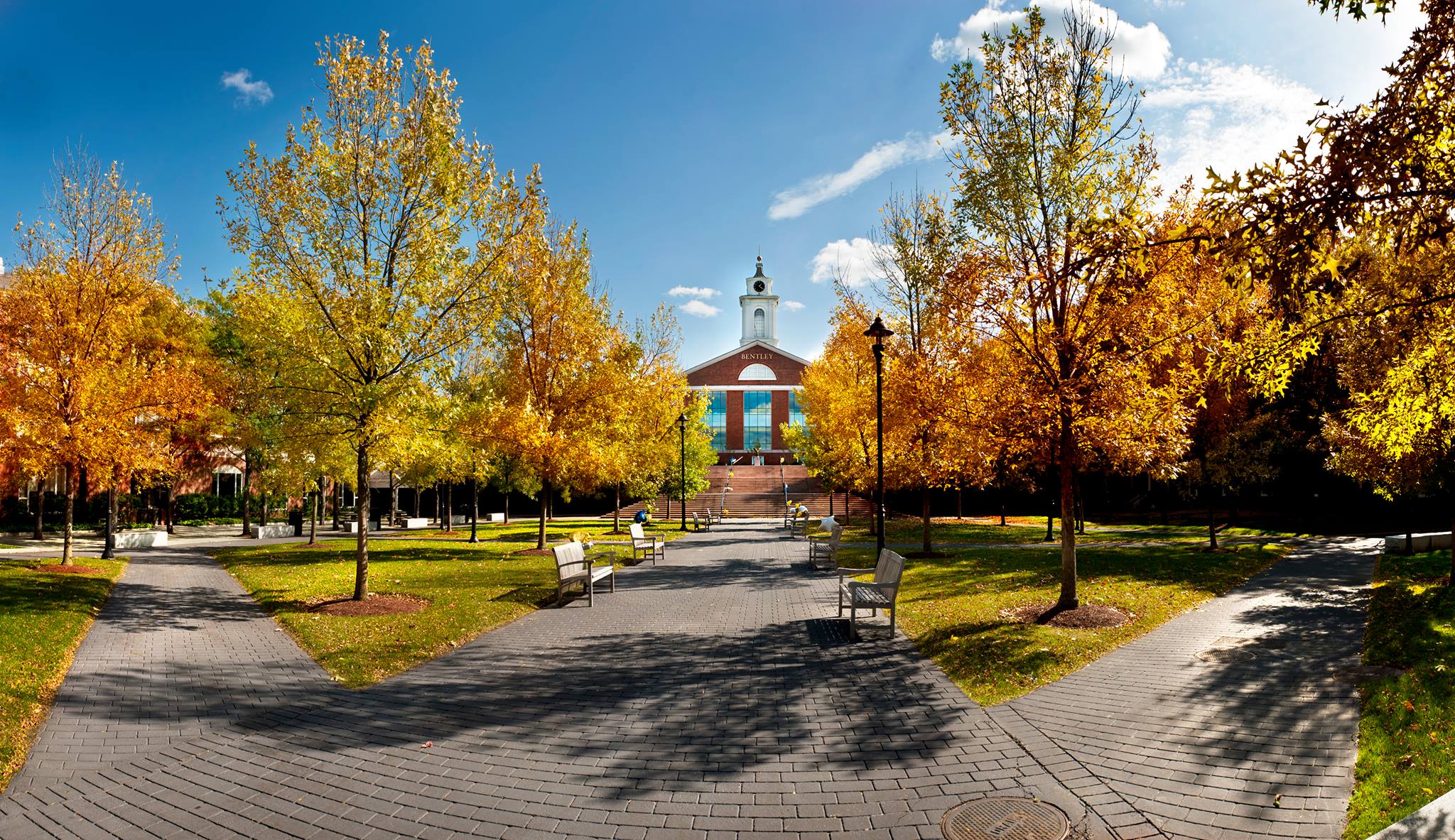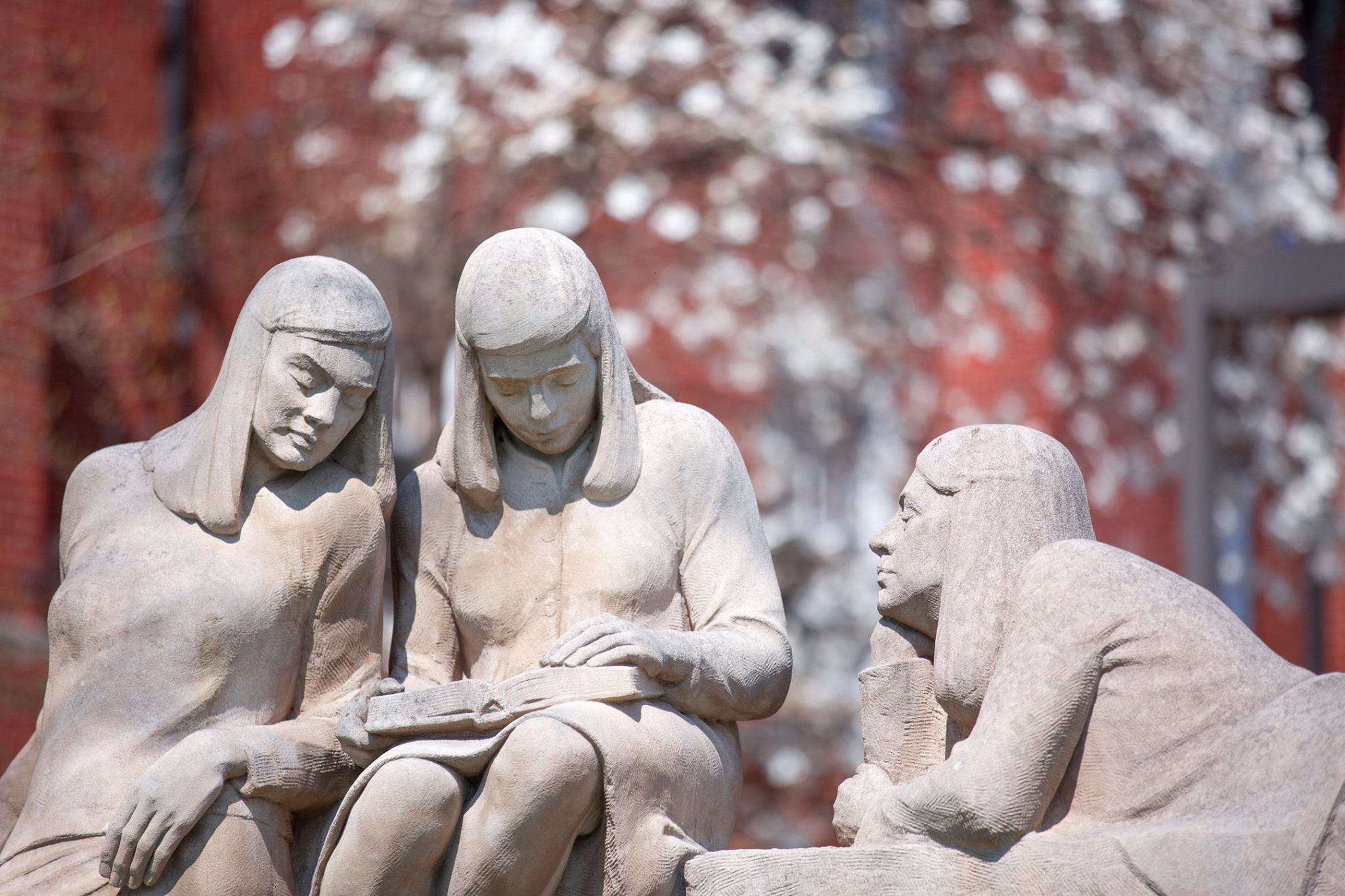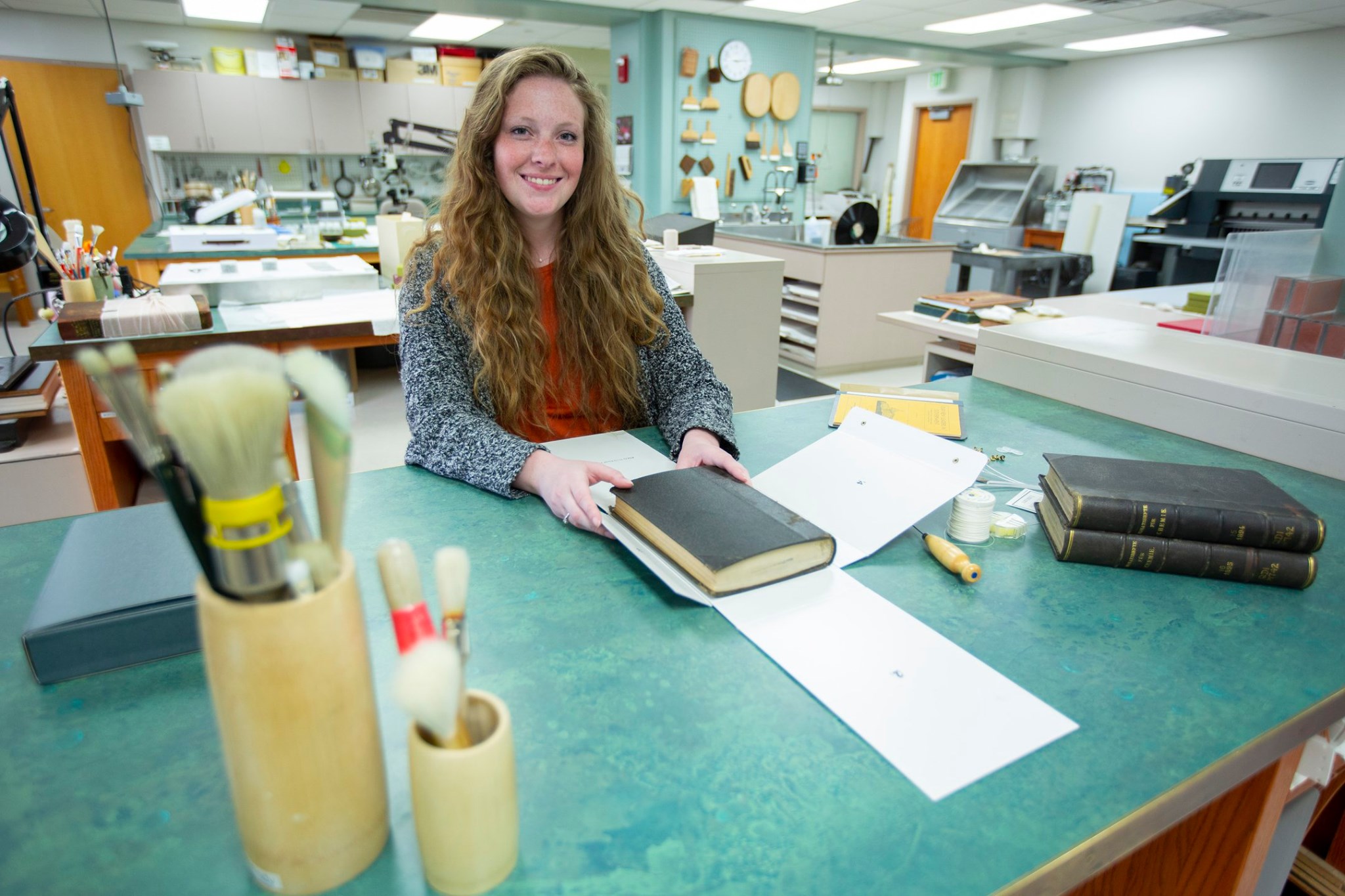A well-intentioned query and the Halloween Problem
Abstract: The author’s description of the Halloween Problem demonstrates the role of cautionary tales in the history of computing. The Halloween Problem emerged in the context of structured query language optimization in relational database research. Normally, a query optimizer works by measuring system calls and paging requests and applying heuristics to the entire access path tree. Query optimization was one of the most challenging tasks facing System R researchers at IBM. These experiments with query optimization form the milieu in which the Halloween Problem emerged.

























